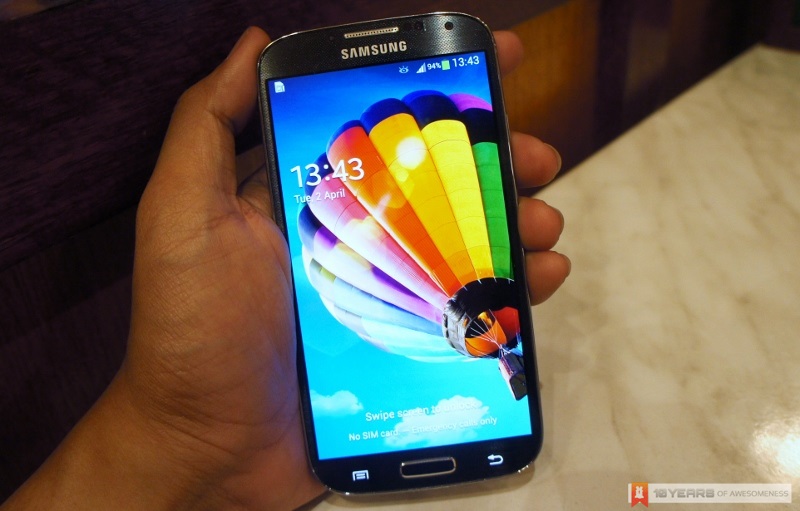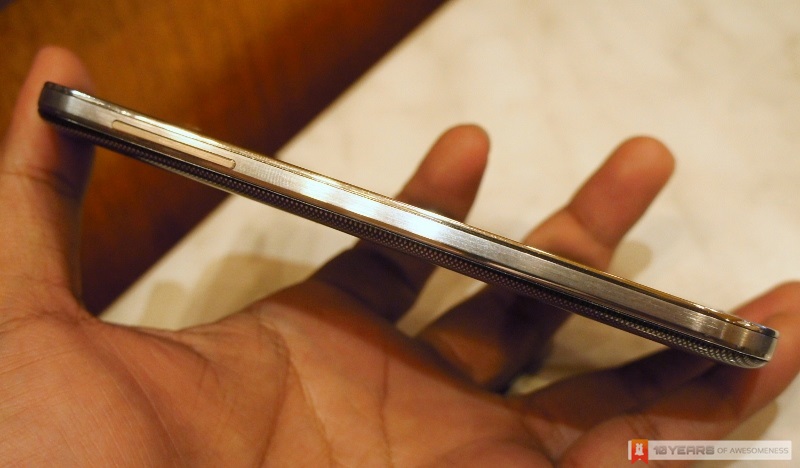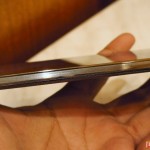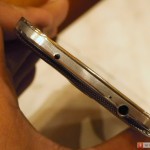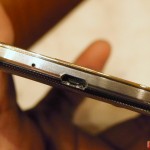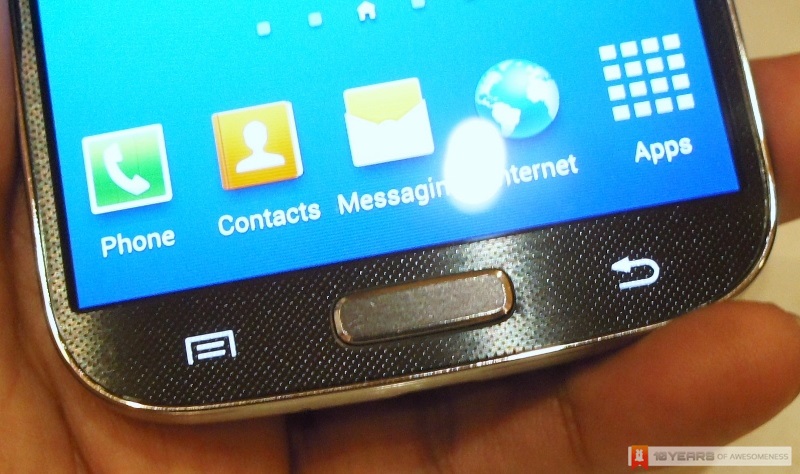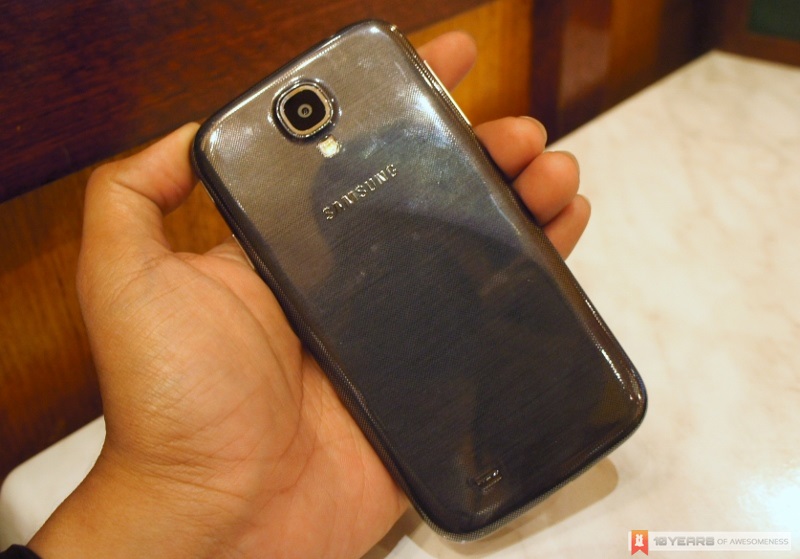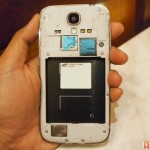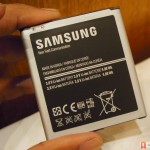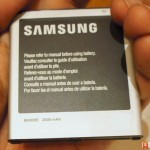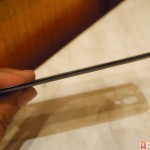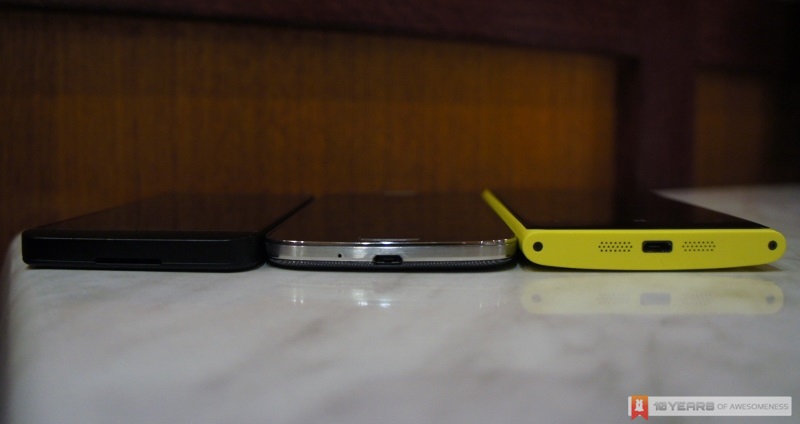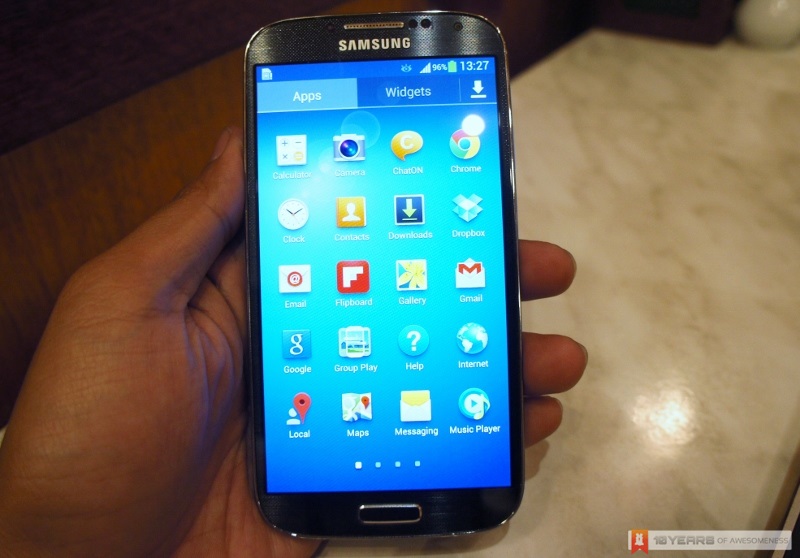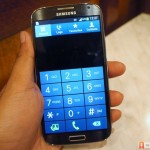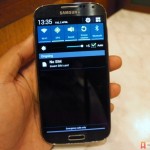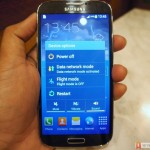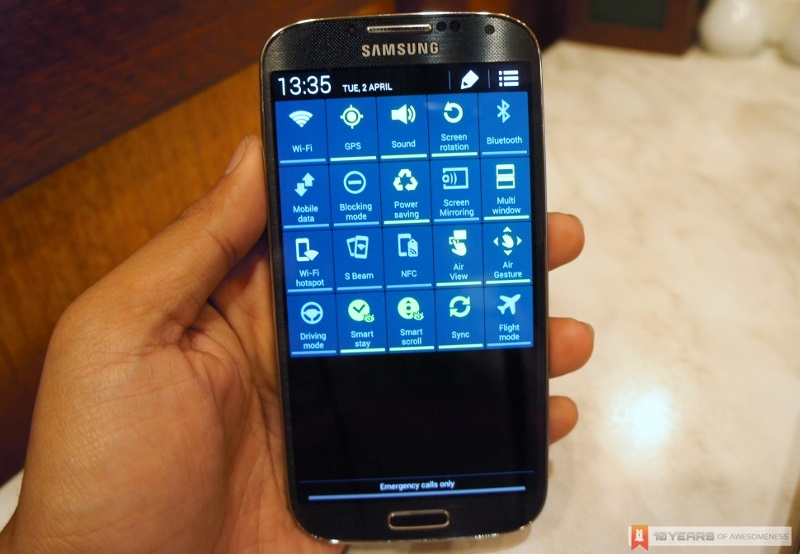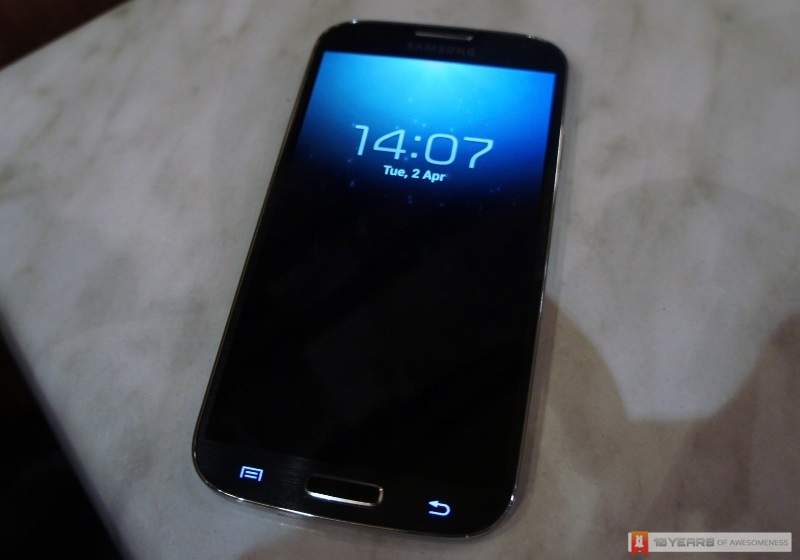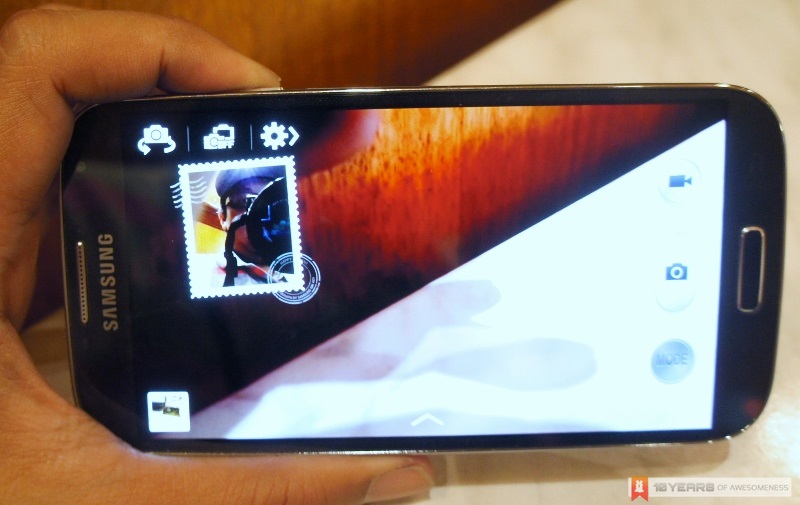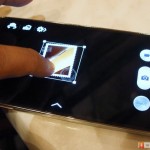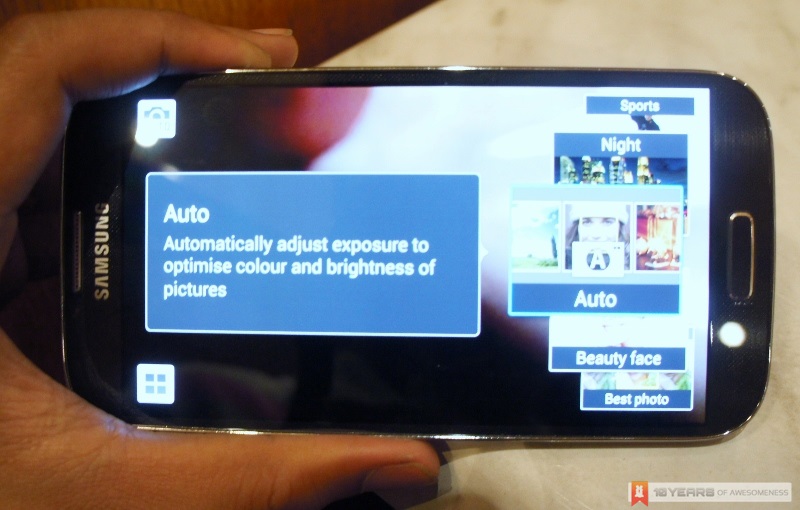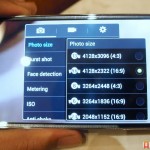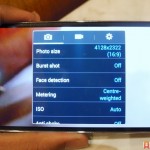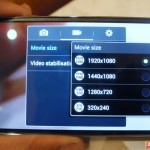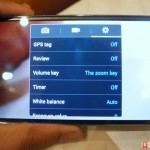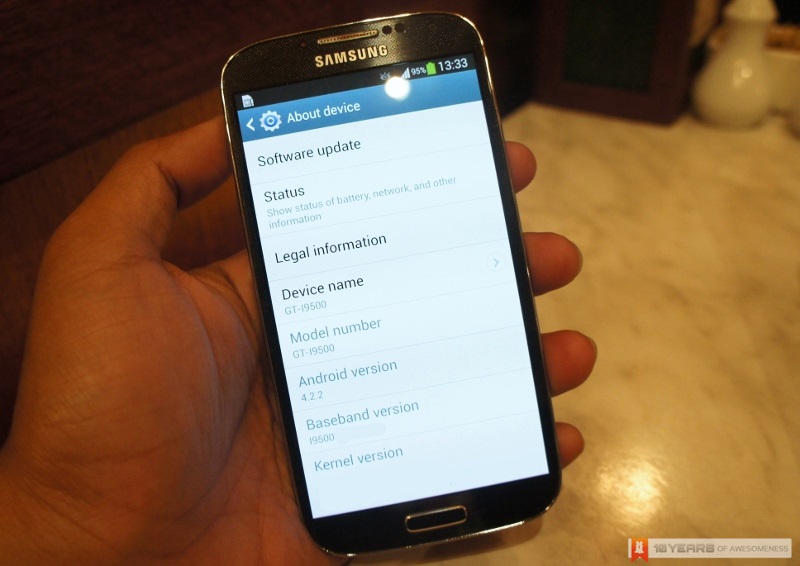We believe that there is a high chance that you might have heard or even watched the global unveiling of a certain Android smartphone by Samsung recently. Well, that was two weeks ago. Say hello to the new Samsung Galaxy S4 – coming soon to numerous retailers throughout the world later this month.
Comes standard with Android Jelly Bean 4.2.2, the new Samsung Galaxy S4 is equipped with 5-inch Super AMOLED display that features a graphics resolution of full HD 1920 x 1080 and a pixel density of 441ppi. There also the 13-megapixels rear camera and 2-megapixels front facing camera that can actually be used at the same time.
In selected markets, it will be made available with two different types of processor: one being the Qualcomm Snapdragon 600 chipset with 1.9GHz Krait 300 quad-core CPU and Adreno 320 GPU, while the second option is Samsung’s own Exynos 5 Octa 5410 chipset that features a mix of quad-core 1.6GHz Cortex-A15 and quad-core 1.2GHz Cortex-A7 CPUs which are paired together with PowerVR SGX 544MP3 GPU.
We have briefly discussed the device before but let’s take a closer look at an actual unit. Click on the Read More link below to begin.
Despite featuring a slightly larger display than the Galaxy S III, the new Galaxy S4 is actually thinner and lighter than its predecessor at 7.9mm and 130g respectively.
This particular colorway is called Black Mist which also features texturized surface. Nevertheless, you don’t need a long time to actually see and feel that the Galaxy S4 is predominantly made out of plastic.
Within its back cover (which is ridiculously thin, just like Galaxy S III) is a huge 2600mAh battery. Well, with such a huge display and powerful processor, having a battery with large capacity inside the device is a no-brainer.
The Galaxy S4 thin profile is visible when you put it in next BlackBerry Z10 (on the left) and rather obvious when compared to the gigantic Nokia Lumia 920 (on the right).
A glance at Galaxy S 4’s interface.
The two-finger swipe down quick settings menu is a standard feature in Android 4.2.2 but it looked slightly different on Galaxy S 4 especially with additional shortcuts to the device’s built-in features such as S-Beam, Smart Stay, Smart Scroll and more.
Through a feature called Quick Glance, users are able to activate this clock without the need to press Galaxy S 4’s power/unlock button as it will appear automatically once the device’s proximity sensor detects a user reaching to the device.
One of the much touted feature of Samsung Galaxy S 4 is its dual-camera mode that allows users to utilize its rear and front camera at the same time with the help of picture-in-picture interface. As you can see above, users are able to move the tiny frame all over the display as well as change its design.
A glance at Galaxy S 4’s camera settings. If you haven’t realized it yet, Samsung Galaxy S 4’s camera interface is largely based on the Samsung Galaxy Camera.
As far as our first impression goes, the Samsung Galaxy S 4 is a solid Android smartphone just like its predecessor although we have to say that it deserved better physical design rather than using the same old style that we have seen not only on Galaxy S III but tons of other Galaxy device along the way.
Since our time with it was rather too brief to the extent that we were not even able to benchmark its performance or even able to see which processor actually powered this particular unit, we’ll reserve our verdict of the device through a full review once we have the opportunity in the near future.
At the same time, we were not given any release and pricing information for the device either. So, hang on there while we’ll keep you updated once we receive any news about these two golden questions.
Follow us on Instagram, Facebook, Twitter or Telegram for more updates and breaking news.


